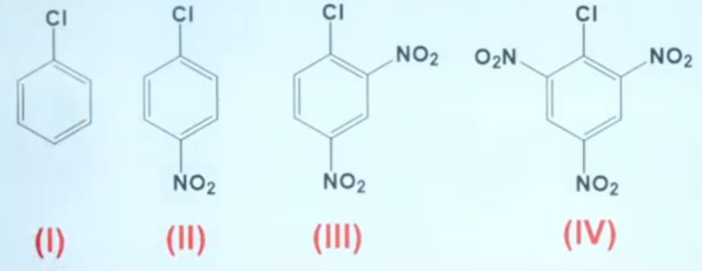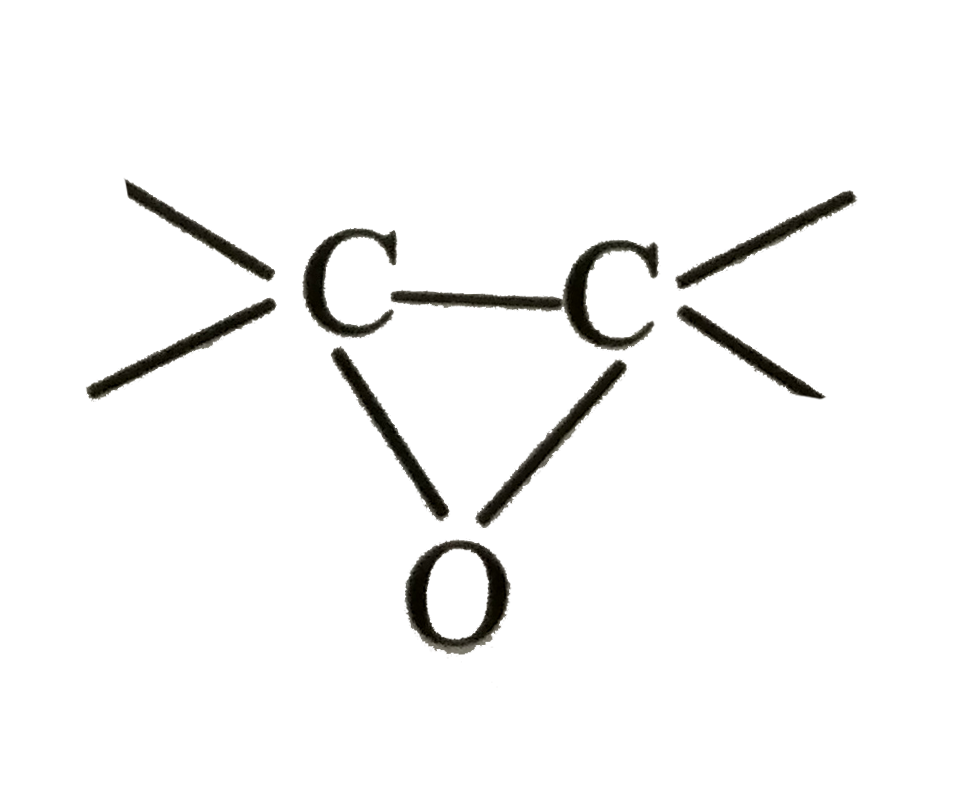Attack by a strong nucleophile such as CH3OΘ (Methoxide ion ) on an epoxide occurs at the least hindered carbon similar to an SN2 reaction

Attack by a weak nucleophile such as MeOH . Can occur only when the epoxide has been protonated so that a better leaving group is formed under acidic condition weak nucleophile attacks more substituted carbon to give final product .
Which statement is true about base ring opening reaction of epoxide ?
Base catalyzed epoxide opening is nonstereo selective reaction
Both acid catalyzed and base catalyzed ring opening is regioselective
In acidic medium attack of nucleophile take place at less substituted carbon of epoxide
Epoxides are less reactive than oxetanes
The correct Answer is:B
NA
Similar Questions
Attack by a strong nucleophile such as CH3OΘ (Methoxide ion ) on an epoxide occurs at the least hindered carbon similar to an SN2 reaction

Attack by a weak nucleophile such as MeOH . Can occur only when the epoxide has been protonated so that a better leaving group is formed under acidic condition weak nucleophile attacks more substituted carbon to give final product .
What would be the major product of the given transformation ?

View SolutionIncreasing strength towards nucleophilic attack?

View Solution
Knowledge Check
Epoxides are
AUnsaturated ethersBMixed ethersCCyclic ethers with
 DNot ethers
DNot ethersEpoxides are
AEthers with another functional groupBNot ethersCAryl-alkyl ethersDCyclic ethersEpoxides are :
Aunsaturated ethersBmixed ethersCcyclick ethers with Dnot ethers
Dnot ethers
When a nucleophile encounters a ketone , the site of attack is :
View SolutionThe most susceptible compound to nucleophilic attack at the carboyl carbon among the given bellow is
View SolutionNucleophilic attack on carbonyl carbon changed its hydridisation from
View SolutionCarbonyl group show characteristic reaction of nucleophilic addition in which nucleophile attack in rate determing step on carbonyl carbon.
Which PH is suitable for oxime formation
View SolutionAmong the given compounds, the most susceptible to nucleophilic attack at the carbonyl group is
View Solution
